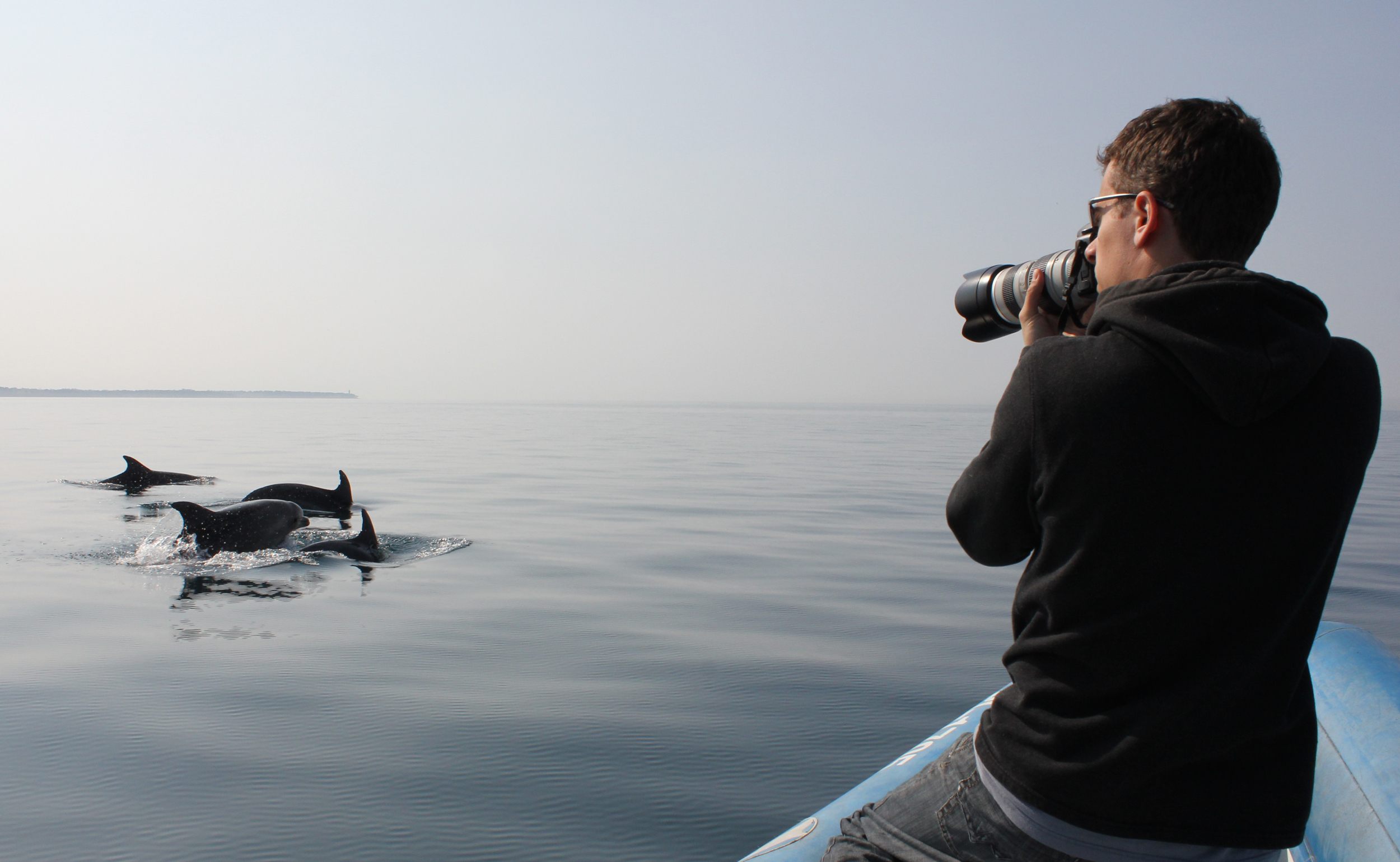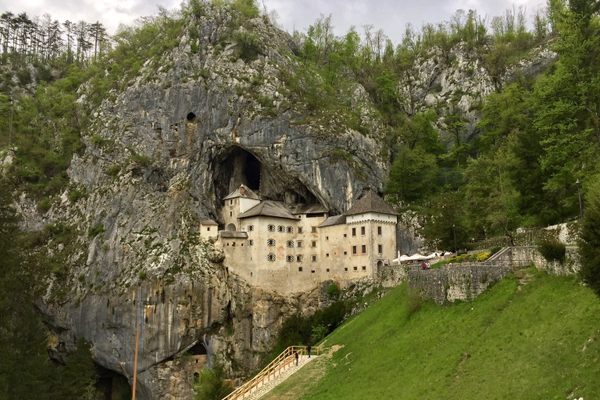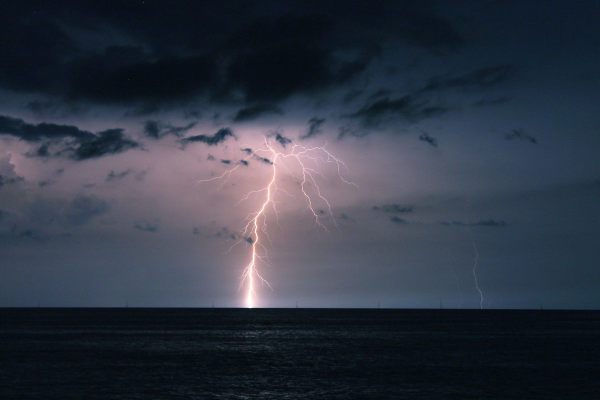Two Adriatic Dolphin Pods Scrupulously Avoid Each Other
Researchers don’t know exactly why they’re so clique-y.

Historically, two dolphin species were abundant in the Northern Adriatic Sea, the narrow body of water nestled between Italy’s boot and the Balkan Peninsula: the bottlenose and the common dolphin. In the 1970s, both species seemed to disappear from the Adriatic. People thought they were gone for good.
“Local elderly people and will tell you, ‘When I was young we used to see them all the time, and then we never saw them anymore,’” says Tilen Genov, a marine biologist with Morigenos - Slovenian Marine Mammal Society, “For a long time people just assumed that they are no longer here.”
When Genov was working on his undergrad degree over a decade ago, he was told there were simply no marine mammals in this part of the sea. Turns out the received wisdom was wrong. So what changed? People such as Genov started looking.
“We spent hours and hours at sea staring into the horizon,” says Genov. The research group sometimes went days without seeing anything. But, “slowly and surely, we started seeing dolphins.”

The research group spent years observing the region’s small population of bottlenose dolphins, as part of their Slovenian Dolphin Project. The bottlenose dolphins appear relatively close to the shores of Slovenia, where they gobble up the sea’s sardines and anchovies, some bottom-dwelling fish, and even the occasional octopus or cuttlefish. Not only are they relatively abundant, after all (Genov estimates at least 100 of them live there), but they also seem to show specific and surprising social patterns.
In a study in the journal Marine Biology, out this week, Genov and his colleagues describe eight years of observations. They focused on a subset of the Northern Adriatic’s population—the 38 animals that they saw enough times be confident that they are permanent “residents.”
They found the dolphins had fairly rigid groups that they moved with, “associates,” says Genov, “or friends.” In other parts of the world, bottlenose dolphins generally live in social structures known as fission-fusion, in which members associate and disassociate from loose groupings. But the Northern Adriatic’s dolphins have a surprisingly stable social structure. In other words, they are a little clique-y. The scientists observed two distinct groups, with 19 and 13 individuals.
Genov’s team also observed a third, much smaller, group, which they refer to as the “freelancers” because they were transient and joined other groups at random. “They don’t really have any particularly strong friendships,” says Genov. “They’re kind of social butterflies.”

But the most surprising finding was that these two groups seem to avoid each other expertly, in a careful dance. They feed in the exact same areas of the sea, but never at the same time. Genov says that in the 16 years they have been observing the dolphins, they have only seen them at the same place at the same time four times. According to Genov, this particular social dynamic has never been observed in nonhuman mammals before.
“You have a single population using the same space, but clearly separating, not seasonally, not spatially, but based on time of day,” says Genov. The pattern became so pronounced, they started referring to them as the “morning group” and the “evening group.” The morning group was often seen following fishing boats, to catch stray fish. The evening group doesn’t seem to do this.
When the researchers first noticed this, they thought they must be missing something.
But years of data are compelling evidence, though Genov and his team couldn’t come up with a reason why the dolphins were avoiding each other so meticulously. He has ideas—maybe genetics or diet? His research will continue, but for now it remains a mystery.

When asked, Genov admits that it’s possible the arrangement may be for reasons that humans will never be able to understand—something that only makes sense to cetaceans.
“We know that they are quite cognitively advanced animals with long-term social memories. They remember both places and other dolphins very well,” says Genov, “It might be that they just worked out some sort of a schedule. Like you know, you can be there in the morning and I’ll be there in the afternoon.”
Genov hopes his research will help spread awareness of threats to the dolphins of the Adriatic, which has seen heavy development in recent years. He hopes that the knowledge will motivate people to protect the animals from pollution, fishing, and interference.
Genov remembers one time when a dolphin mother and her baby came up to the boat, and he thought the mother was showing the humans to her baby—or maybe vice-versa. “They clearly know us, not individually, but as a group,” he says. “They know who we are.” In some sense, we’re still trying to figure out who they are.






























Follow us on Twitter to get the latest on the world's hidden wonders.
Like us on Facebook to get the latest on the world's hidden wonders.
Follow us on Twitter Like us on Facebook